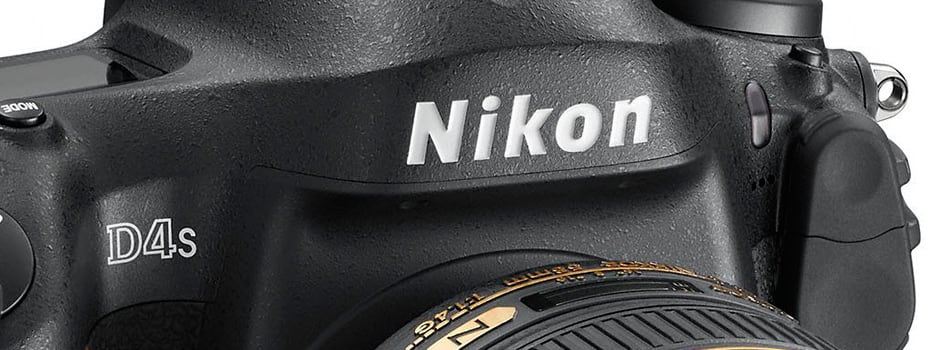Nikon Unveils New Flagship Professional DSLR, the D4S
Upgraded processing and world-class focus speed, coming to a sports arena near you soon.
 Credit:
Credit:
Products are chosen independently by our editors. Purchases made through our links may earn us a commission.
After much speculation, rumor, and a so-called "development" announcement, Nikon is revealing its latest professional flagship, the D4S. The new camera comes with a similar design and control layout as the Nikon D4, but improved processing promises greater speed, enhanced low light sensitivity, and better video quality.
From the outside, there's very little that's changed with the D4S. The shape and control scheme is identical to the D4, with an integrated vertical portrait grip, rear joysticks, backlit keys, bright viewfinder, large 921k-dot, 3.2-inch LCD screen, and more controls than you can shake a stick at. This is a professional camera through and through, with a daunting level of physical control. The only change is the texture on the two joysticks, which have slightly more texture than on the D4.
On the inside, the major components are also quite similar. The D4S still uses a (slightly refreshed) 16.2-megapixel full-frame image sensor, a 51-point (15 cross-type) autofocus sensor, and a 91k RGB 3D Color metering sensor. Backing all that up, however, is a new Expeed 4 processor. Replacing the Expeed 3 found in the D4, the new processor allows for faster autofocus (11fps with continuous focus and exposure, according to Nikon) and an expanded ISO range that reaches up to 409,600.
The new processor is also being put to good use for video shooters. The D4S is capable of uncompressed 1080/60p video out via the HDMI port, with full manual control. The D4S can also record simultaneously to both the XQD and CF card slots. Nikon has also included some upgraded audio recording options and claims to have introduced smoother exposure transitions when creating timelapses.
The D4S also makes use of a new battery, the EN-EL18a, which is good for up to 3,020 shots by CIPA's estimate. Of course, the CIPA method is silly and outdated, and Nikon's measurements put the real-world usability at 5,960 shots when shooting continuously. The truth is probably somewhere in the middle, and it's something we'll put to the test when we get a review unit in.
Other highlights include the D4S's dual card slots, with one slot for standard CompactFlash cards as well as a slot for newer XQD cards—same as the D4. The lack of dual XQD slots indicates that Nikon isn't ready to jump whole hog into the newer format, but also isn't abandoning it either.
{{ gallery "design" }}
Two more interesting additions for professionals looking to speed up their workflow: smaller RAW files and Gigabit Ethernet. The smaller RAW files will let you keep the flexibility of a RAW file but with resolution (and file size) limited to just eight megapixels. Though likely to only appeal to professionals, these features are both firsts for Nikon, matching some of the functionality of Canon's flagship 1D X.
The Nikon D4S will begin shipping on March 6th for a suggested retail price of $6,499.95, body-only. This is a slight uptick over the $5,999.95 MSRP of the D4. We'll have a full review of the new Nikon D4S soon. In the meantime, check out our full review of the D4 to get an idea of what the D4S will be about.
